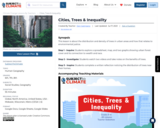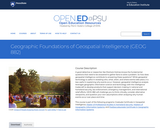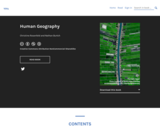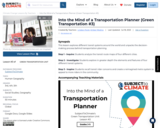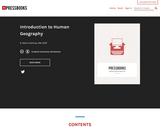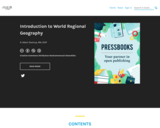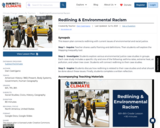
SYNOPSIS: In this lesson, students connect air quality with environmental justice.
SCIENTIST NOTES: This lesson introduces the relationship between environment and justice. Students understand if their community is healthy and what to do to create a fair, just, equitable, and sustainable planet for all to thrive. Additional materials are suitable to broaden their understanding on a wide range of topics such as segregation, the connection between climate and justice, racial justice, and social justice. All materials in this lesson are properly cited and are void of scientific contradictions. In this light, this lesson has passed our science credibility process.
POSITIVES:
-This lesson allows students to create their own meaning of environmental justice before viewing the explanatory video.
-The EPA's Environmental Justice Screening and Mapping Tool is amazing. Students will love it.
ADDITIONAL PREREQUISITES:
-The video explaining environmental justice might be tough for 3rd-5th graders to understand. Students should understand the core message in the video, even if they might not understand all the details.
DIFFERENTIATION:
-Some students may want more time to explore the EPA's Environmental Justice Screening and Mapping Tool.
-The reflection journal at the end of the lesson has options for student creativity and imagination.
- Subject:
- English Language Arts
- Physical Geography
- Physical Science
- Material Type:
- Lesson Plan
- Provider:
- SubjectToClimate
- Author:
- Emiliano Amaro
- Lindsey Pockl
- Date Added:
- 06/24/2023
